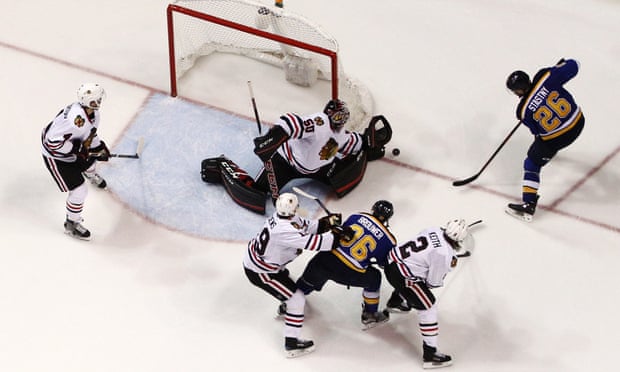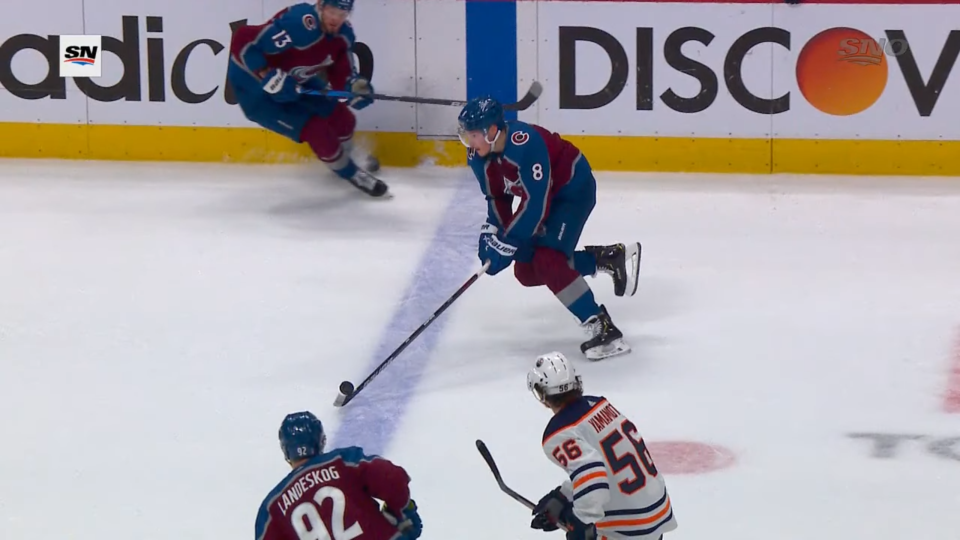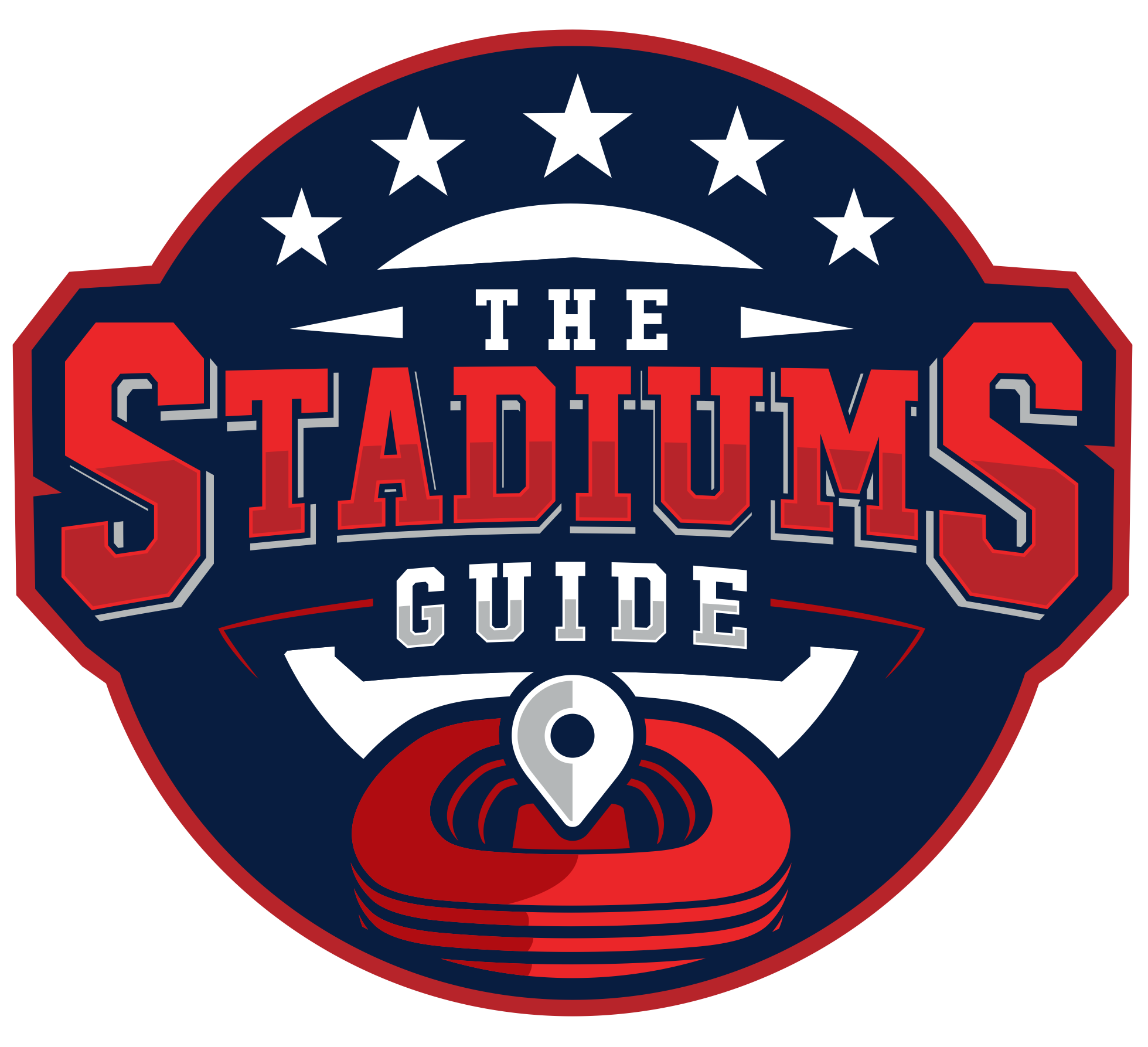Offsides is a rule designed to prevent offensive players from not going back on defense, and just hanging out in the attacking zone. If the attacking player was allowed to sit in front of the goalie without the defensive team having time to get back to their defensive zone.
There are a couple of exceptions to the offsides rule. The first is if the defending team brings the puck back into their own defensive zone, also known as the attacking zone of the opposing team. The other exception is if the defending team tries to clear the puck, but it goes into the neutral zone, bounces off one of the defensive players, and comes back into the zone it was cleared from.
It should be noted that offsides in hockey is unique from offsides in a sport like soccer. In ice hockey, you can’t cross the blue line before the puck. In soccer, you can’t be beyond the last defender before the ball. That’s a pretty major difference that is worth remembering.
Offsides is rule number 83 in the NHL rule book.
Offsides Explained
The offsides rule is a fairly simple rule. No one on the attacking team can cross the blue line from the neutral zone to the offensive zone before the puck. There are two basic ways to bring the puck into the attacking zone, either a player carries it in, or they dump it in and chase it down.
If offsides is called, play is stopped and there will be a neutral zone face-off.
Offsides can be called if the puck crosses the blue line in possession while someone is already in the attacking zone, or if it is passed to a person already in the attacking zone ahead of the play.

Two Line Offsides & History
Two-line offsides occurs when someone passes forward from their defensive zone, past the blue line and the center red line. At this point, play will be stopped, and there should be a face-off in the defensive zone.
However, not every league uses the two-line offsides rule. The IIHF hasn’t used this rule since 1998, while the NHL adjusted the rule in 2005 so that the red line wasn’t included in the two lines for offsides.
These rules show the balance that the offsides rule tries to find. it needs to protect the game from players not going back on defense and only playing offense.
However, scoring is still important, and rules can’t be too restrictive towards offenses. The change in the two-line offsides rule shows that attempt to find balance.
Delayed Offsides
The delayed offside rule is a common way of determining offsides in hockey. Delayed offside occurs when the puck enters past the blue line and into the offensive zone, while a player is standing offsides. However, it doesn’t touch the player who was standing offsides. This gives the player the chance to return into the neutral zone to avoid the delayed offside call.
Delayed offside is uniquely different from the immediate whistle or immediate offside rule. Essentially, this means if an offensive player is offside in the attacking zone when the puck crosses the blue line, then it is automatically offside. The attacking team doesn’t need possession of the puck.
The NHL rule is the delayed offside rule.

Clearing the Zones
In hockey, clearing the zone refers to when a player makes a long pass or shoots the puck from one zone to another. Typically speaking, you would clear it from your own defensive zone, as a tactic to stop the opposing team from scoring or to kill the clock.
The two-line offsides rule and the icing rule prevent this from being done all the time or without precision. However, it’s still commonly done during games.
A puck that is cleared improperly is going to lead to a stoppage in play and a face-off. For offsides calls, there are a few different places the faceoff could be from:
Offside with no penalty
- The face off for an offsides with no penalty would be in the neutral zone. There are no changes to offsides during a power play.
Offside with a delayed penalty
- defending spot of the defensive team
There is no occasion when offsides should lead to a face-off in the attacking zone, and most often they will occur in center ice, between the blue lines. That’s because offsides is a rule designed to stop an attack that got ahead of itself.
James is a big time NBA Golden State follower, who makes sure to catch games when he's in the area. He likes to follow International Soccer, with an interest in small town soccer club, Blackburn Rovers located in the North on the UK.

